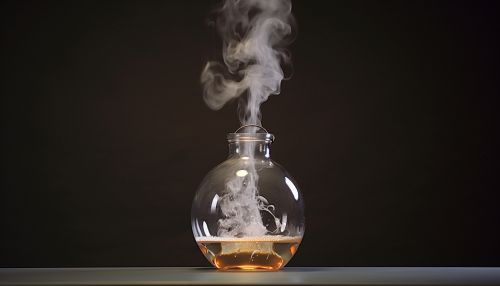Nitrous oxide
Introduction
Nitrous oxide, also known as laughing gas, is a colorless, non-flammable gas with a slightly sweet odor and taste. It is a chemical compound with the formula N2O and is used in a variety of applications, from medical anesthesia to rocket propulsion.
History
The discovery of nitrous oxide is credited to Joseph Priestley, an English chemist and natural philosopher, who first synthesized it in 1772. However, its properties as an anesthetic were not recognized until 1844, when American dentist Horace Wells began using it in his practice.


Properties and Production
Nitrous oxide is a powerful oxidizing agent due to the presence of a high amount of oxygen. It is produced industrially by carefully heating ammonium nitrate, which decomposes into nitrous oxide and water vapor.
Uses
Medical
In the medical field, nitrous oxide is used as an anesthetic and analgesic, often in combination with other drugs. It is particularly useful in dentistry, where it is used for its analgesic effects and its ability to induce a state of euphoria or relaxation.
Automotive
In the automotive industry, nitrous oxide is often used as an oxidizer in internal combustion engines to increase power output. This is achieved by allowing more fuel to be burned than would normally be possible with the available oxygen in the air.
Culinary
Nitrous oxide is also used in the culinary industry, particularly in the creation of whipped cream. When used in a whipped-cream charger, nitrous oxide dissolves in the fat of the cream, and when the pressure is released, it forms bubbles, resulting in whipped cream.
Safety and Environmental Impact
While nitrous oxide is generally safe for use in controlled environments, prolonged exposure can lead to a number of health issues, including vitamin B12 deficiency and neurological problems. It is also a potent greenhouse gas, with a global warming potential nearly 300 times that of carbon dioxide.
